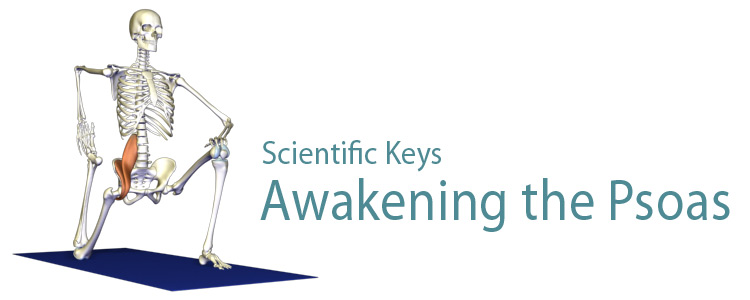Here's a sneak preview of an essay I am trying to put together on the Occupy movement and the many ways we can strive to de-corporatize our lives. My basic theme is that government operates to encourage corporatism -- to the detriment of the people, not just financially but in virtually every aspect of life. So here are some thoughts on food and corporatism.
It's not just how we handle our money and real estate and credit cards
... but how we eat, how we educate, what passes for entertainment,
everything that we consume, what we fill our minds with. To truly live
Occupy is to question every aspect of the American lifestyle, as it's
been warped and twisted into service of corporate profits, and to seek
out the old, true paths towards living with meaning. Which is how I
think yoga provides a framework for a new lifestyle.

Part of the bill of goods has been a grossly unhealthy way of eating -
McDonald's, ice cream, frozen meals, giant sodas, super-sugared coffees,
Super-Size-Me portions of meat, pasta, cheese, and so on. And to a huge
extent this if food dreamed up, marketed and sold by corporations in
only-in-America systems. Not only are we eating crap, we turn farmers,
truckers, factory workers into cogs in the corporate factory food
machines. So when Occupy says "we want jobs," what kind of jobs do we
want? Jobs that validate, facilitate and entrench this kind of economy?
For example, here's a quote from Michael Pollan's new book,
"Food Rules":
"Populations that eat a so-called Western diet - lots of
processed foods and meat, lots of added fat and sugar, lots of refined
grains, lots of everything except vegetables, fruits and whole grains -
invariably suffer from high rates of the so-called Western diseases. ...
People who get off the Western diet see dramatic improvements in their
health."
Yes, but a few hippies, a few radicals, a few million people tuned into
healthy eating won't make a difference. If Occupy is a protest against
the combination of government + corporatism, consider this: The public
health debate is not on how to get people off the Western diet but
"the
focus is on identifying the evil nutrient in the Western diet so that
food manufacturers might tweak their products, thereby leaving the diet
undisturbed, or so that pharmaceutical makers might develop and sell us
an antidote for it."
It may seem naive, but I feel that a yoga practice breeds the consciousness, and the imperative to look deeply and question that should lead practitioners to examine how they eat, where food comes from, and to what degree they are accepting without question the corporatization of the food supply.
 I'm watching a documentary called "The Buddha" narrated by Richard Gere and there is this discussion of yoga:
I'm watching a documentary called "The Buddha" narrated by Richard Gere and there is this discussion of yoga:



 Part of the bill of goods has been a grossly unhealthy way of eating -
McDonald's, ice cream, frozen meals, giant sodas, super-sugared coffees,
Super-Size-Me portions of meat, pasta, cheese, and so on. And to a huge
extent this if food dreamed up, marketed and sold by corporations in
only-in-America systems. Not only are we eating crap, we turn farmers,
truckers, factory workers into cogs in the corporate factory food
machines. So when Occupy says "we want jobs," what kind of jobs do we
want? Jobs that validate, facilitate and entrench this kind of economy?
Part of the bill of goods has been a grossly unhealthy way of eating -
McDonald's, ice cream, frozen meals, giant sodas, super-sugared coffees,
Super-Size-Me portions of meat, pasta, cheese, and so on. And to a huge
extent this if food dreamed up, marketed and sold by corporations in
only-in-America systems. Not only are we eating crap, we turn farmers,
truckers, factory workers into cogs in the corporate factory food
machines. So when Occupy says "we want jobs," what kind of jobs do we
want? Jobs that validate, facilitate and entrench this kind of economy?











